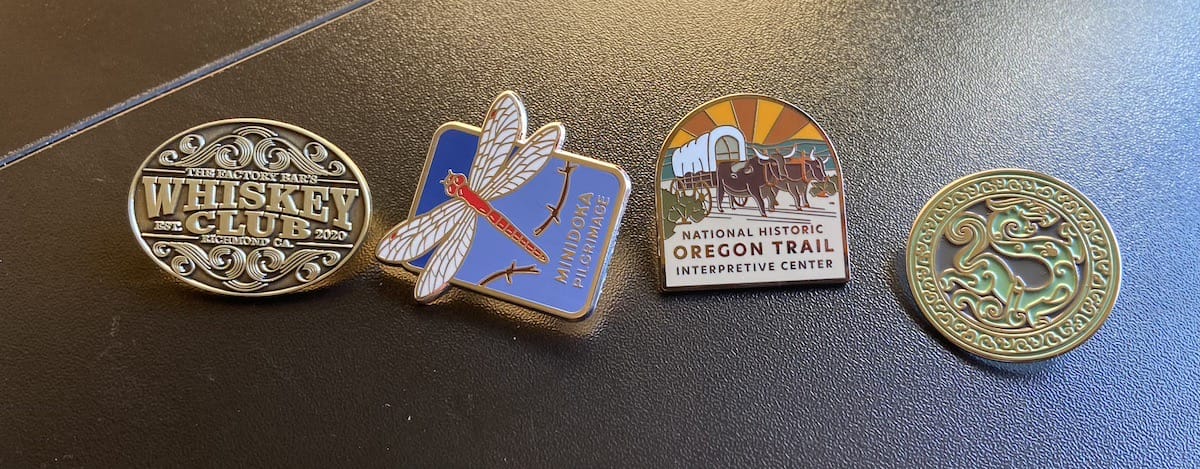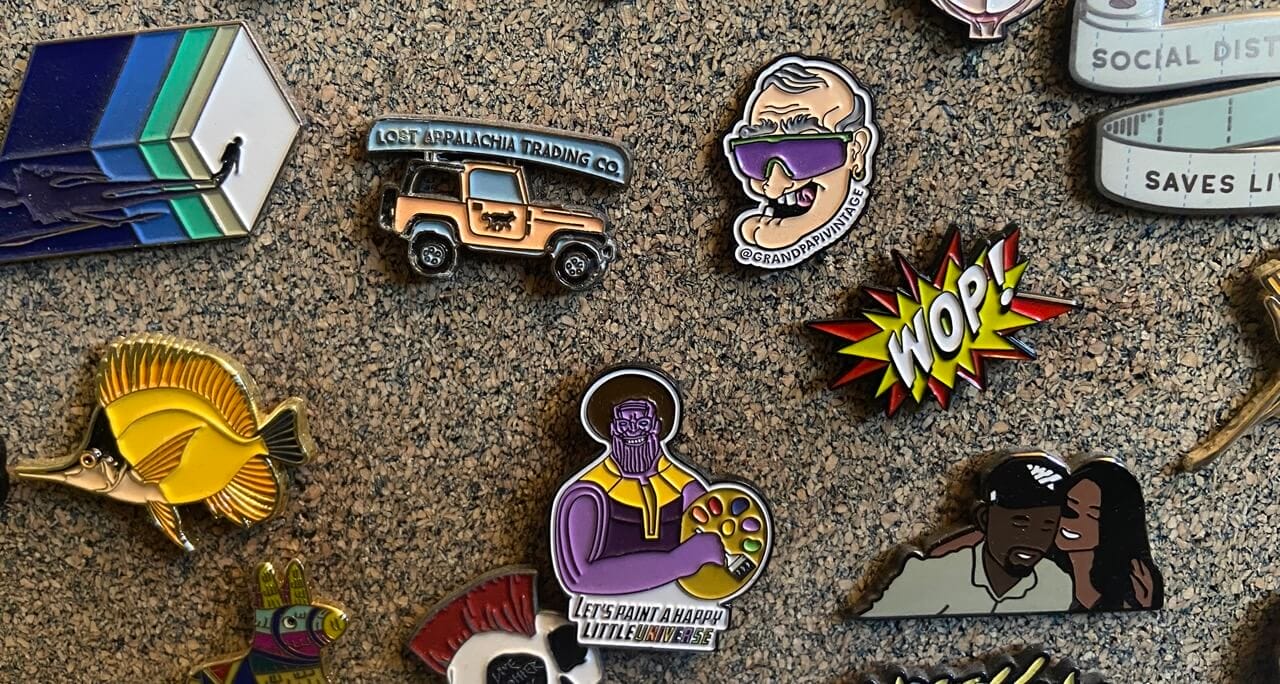Military Patch Placement Guide: Simple Rules, Real Examples
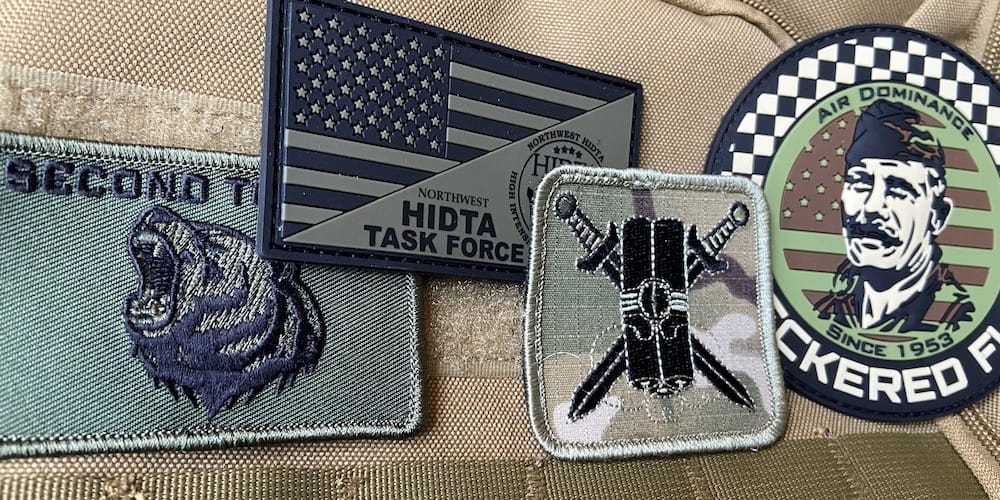
Key Takeaways
- ✦ Know the basics: where rank insignia, name tape, unit, and flag patches go on sleeves and chest.
- ✦ Keep it consistent and respectful of military traditions and your chain of command.
- ✦ Always verify with your branch’s current regulations to ensure you are inspection-ready.
Get a fast quote from The Monterey Company.
Why Patch Placement Matters
Wearing custom military patches in the right spots is more than style. It communicates your current unit of assignment, your rank insignia, and often your story. A combat patch, a shoulder patch, or skill badges can speak to service, training, or even former wartime service. Perhaps the stakes feel small. But the signal is significant.
Correct placement also keeps you aligned with military standards. Misplaced or misaligned patches can look sloppy and, for service members on duty, even risk disciplinary actions. That sounds rough, I know, but consistent, proper placement keeps everyone on the same page. Please note that military patch placement does change from branch to branch and unit to unit. This is just a general and quick reference guide.
The Big Picture: Branches, Uniforms, and Terms
Different military branches apply similar logic with minor changes. The United States Army uses Army Regulation guidance for placing the OCP patch on the OCP uniform. The U.S. Air Force has its own guidance for Air Force patch placement. Marines, Navy, and others adjust details by uniform type and branch of service. Although I could list line numbers, I won’t pretend that a blog replaces your official manual.
One more note. There is a difference between morale patches and official insignia. A funny morale idea might work in the gym or off base, not in formation. I think most military personnel would agree. If you are unsure, ask your supervisor. Wondering what a moral patch is? Here is an in-depth look at precisely what a morale patch is and how it is deeply intertwined in military culture.
Core Areas At A Glance
Name Tape, Rank, and Service Branch
Left Chest and Right Chest Basics
Most branches place the embroidered name tape patch above the right pocket or on the right chest, and the branch tape above the left pocket or left chest (spacing can vary by uniform type). Your rank patches or rank insignia may be centered between the pockets, sit on the chest, or be moved to the collar, depending on the uniform.
- ✔︎ Keep tapes straight, even, and aligned with the stitch line near the shoulder seam when applicable.
- ✔︎ Use thread and backing that match the fabric’s tone so the layout looks intentional.
Skill Badges and Special Skills
Embroidered or even custom PVC Skill badges show training and qualifications. Typical placement is over the left chest or above tapes, stacked in a set order. Space badges evenly and avoid crowding. I think one clean row looks sharper than a cramped cluster.
Sleeves, Flags, and Units
Right Sleeve and the American Flag Patch
The custom woven U.S. flag patch often appears on the right sleeve with the union facing forward, creating a forward-facing effect. This suggests motion and intent. Correct placement keeps the flag level, low, snag-free, and clear of obstructions. Some uniforms use a subdued colorway to match camouflage.
Left Sleeve and Shoulder Sleeve Insignia
The left sleeve typically carries the shoulder sleeve insignia, which relates to the current unit of assignment. Keep it centered and level under the shoulder seam with consistent spacing. This is the “who I’m with right now” signal and, yes, people notice if it drifts.
Combat Patch on the Right Sleeve
A customized combat patch is often worn on the right sleeve to recognize any previous or former wartime service or time in a combat zone. It sits parallel to the left-side unit patch and should be aligned the same way. The meaning is not small. Please treat it with care.
OCP Uniform Focus
The Operational Camouflage Pattern (OCP) is the U.S. military’s standard camouflage for Army and Air Force uniforms, utilizing colors similar to those found in MultiCam to blend seamlessly across desert, snow, woodland, and urban terrain. OCP patches should blend with the camo fabric. Keep edges tidy and corners secure to minimize snagging. For clean OCP patch placement, align with the pocket seams, keep the tapes level, and double-check the height from the shoulder seam.
I think the most common mistake on custom OCP patches is letting them drift. A millimeter becomes a slope, and then the whole chest looks tilted. Take a breath. Place slowly. Press firmly. Then forget about it until the inspection. OCP patches also pair well with high-durability materials. If you replace older insignia, ensure the new ones match the original sizes to prevent shadows or stitch ghosts from showing. And when you need a new set, we can help.
Contact our team at The Monterey Company for custom patches.
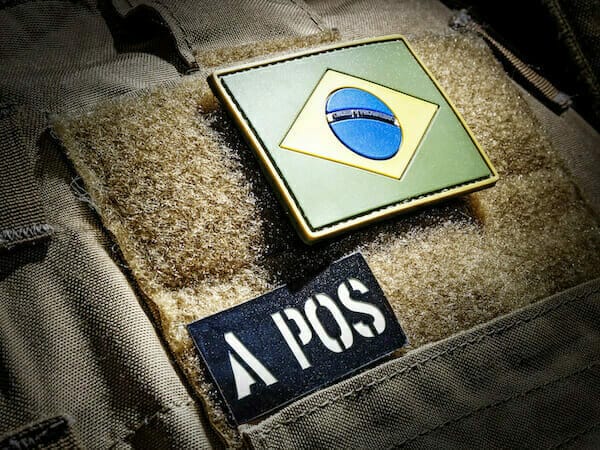
Quick Reference Guide:
- ➤ Verify your branch’s latest patch placement regulations before sewing.
- ➤ Keep name tape and branch tape level and parallel to pocket tops or seam lines.
- ➤ Align unit insignia and combat patch to mirror left and right sleeves.
- ➤ Place the American flag patch so the union faces forward.
- ➤ Use matching thread colors, appropriate patch sizes, and compatible fabric tones.
- ➤ Choose the correct attachment method: sew-on, hook-and-loop, or iron-on.
- ➤ When in doubt, ask your chain of command. It prevents confusion and mistakes.
Attachment Methods: What Actually Sticks
Attachment Methods
Sew-On for Duty
Sewing delivers the strongest hold. Good stitching, neat corners, and thread that complements the pattern win. When custom military patches come through our shop, we make sure everything is sewn to the garment. If you don’t have access, a local shop or our team can assist you.
Hook-and-Loop for Flexibility
Hook-and-loop patches allow you to quickly swap patch types. Many OCP patches and OCP uniform components are specifically designed for this purpose. Verify the backing is rated for field use. Replace worn Velcro hook panels. It seems obvious, yet it is often forgotten. Sometimes, the hook portion of Velcro can become clogged with fuzz and lose its grip on fabric.
Iron-On for Off-Duty or Light Use
Iron-On Patches sit between convenience and durability. With proper heat and the correct patch glue, your patches can securely hold to jackets, hats, and bags. For field wear, sewing is safer. For weekend wear or to show family pride, fully custom iron-on patches are easy and neat. If you iron at home, apply even pressure, let it cool, then re-press edges. For a comprehensive guide on iron-on patches, refer to this article and the accompanying YouTube video.
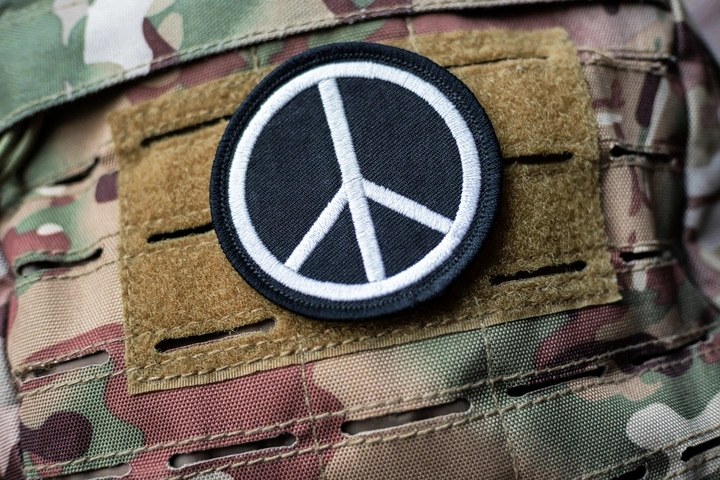
Materials and Options: Choosing the Right Patch
Patch Types and Materials
Embroidered and Woven
Classic embroidered edges, crisp text, and intense color. Works well for rank patches, unit insignia, and name badges. The vast majority of military-related patches are produced using embroidery, which is a quick and clean process. Embroidery is my favorite patch type, with PVC Patches as a close second.
PVC Patches
Weather-resistant, bold lines, and precise shapes. PVC Patches are popular for gear that sees rain, mud, and frequent handling. On uniforms, follow the same patch placement rules and color guidance. PVC Patches are often produced in subdued colors and can match your OCP uniform. If you need PVC Patches for gear labels, platoon IDs, or training teams, we can size them to match existing insignia. Custom PVC patches are the up-and-coming favorite for military gear.
Other Patch Styles
Dye-sublimated patches deliver photo-level detail and smooth gradients, making them ideal for high-detail artwork. However, they’re rarely authorized and mostly appear on off-duty gear or occasionally on command-approved hats. Leather patches are even less common for formal wear, although some branches permit leather labels on specific official hats.
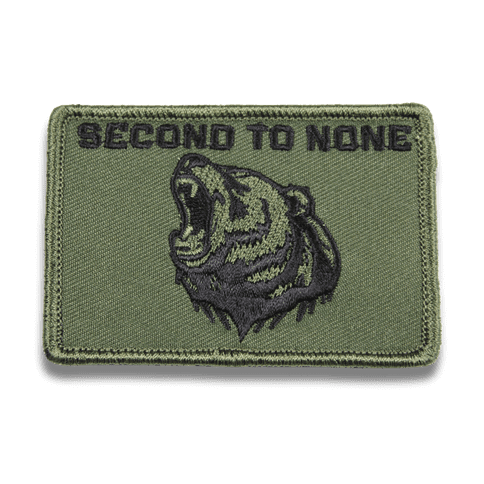
Special Notes By Branch
Army Regulation Basics
Check the latest Army Regulation for tapes, shoulder sleeve insignia, and combat patch details. Keep tapes flat and aligned. Maintain consistent spacing from the shoulder seam. If your command publishes local notes, follow those first. For a comprehensive look at the US Army Uniform and Insignia Guide, please refer to the following article for your reference.
https://armypubs.army.mil/epubs/DR_pubs/DR_a/ARN30948-PAM_670-1-000-WEB-1.pdf
Air Force Patch Placement
The U.S. Air Force maintains their own guidance for badges and tapes. Keep chest elements straight, verify height, and confirm flag style for your uniform type. The logic is similar to the Army, with Air Force-specific badge sequences. Ask if you feel unsure. For another reference, here is a reference guide to patch placement for the US Air Force.
https://static.e-publishing.af.mil/production/1/af_a1/publication/dafi36-2903/dafi36-2903.pdf
Common Mistakes To Avoid
Slight slants, mixed sizes, and using bright novelty patches on duty gear are the big three. Another common issue is placing tapes too high or too low, as well as ignoring seam lines. Also, swapping the flag orientation is easy to do and easy to fix. A quick mirror check helps. Perhaps the simplest rule is patience. Place once. Check twice.
Also, when in doubt, sew your military patches onto your uniforms. Heat application is an option, but if done incorrectly, it can cause burn marks. However, the significant problem with iron-on patches is that over time, the glue on the backside of the patches can become faulty, causing the patch to fall off. Let’s avoid that at all costs.
Final Word, With Care
This military patch placement guide provides a strong foundation. Still, military traditions are living things. Commands refine instructions, and specialized teams, such as Special Forces Units, may receive unique notes. If you serve, your leadership’s direction wins every time. Suppose you collect and document sources. At The Monterey Company, we keep consistency as our guiding principle. We think that is the best way to honor the uniform.
P.S. We produce custom patches, PVC patches, leather patches, and hook-and-loop style patches, all sized to standard placements. We also offer bulk discounts for larger units. If your timeline is tight, please let us know.
Start your order with The Monterey Company. We’ll size, color-match, and produce patches that look sharp on day one.
Light Disclaimer
This content is informational and not an official legal source. Always verify with your branch’s current military regulations and local guidance before wearing.
Eric Turney
Eric Turney A devoted father, football fanatic, and stand-up comedy enthusiast who loves nothing more than bringing people together over great food and a good time. When he’s not cheering on his favorite team or experimenting in the kitchen, you can find him connecting with others on LinkedIn

